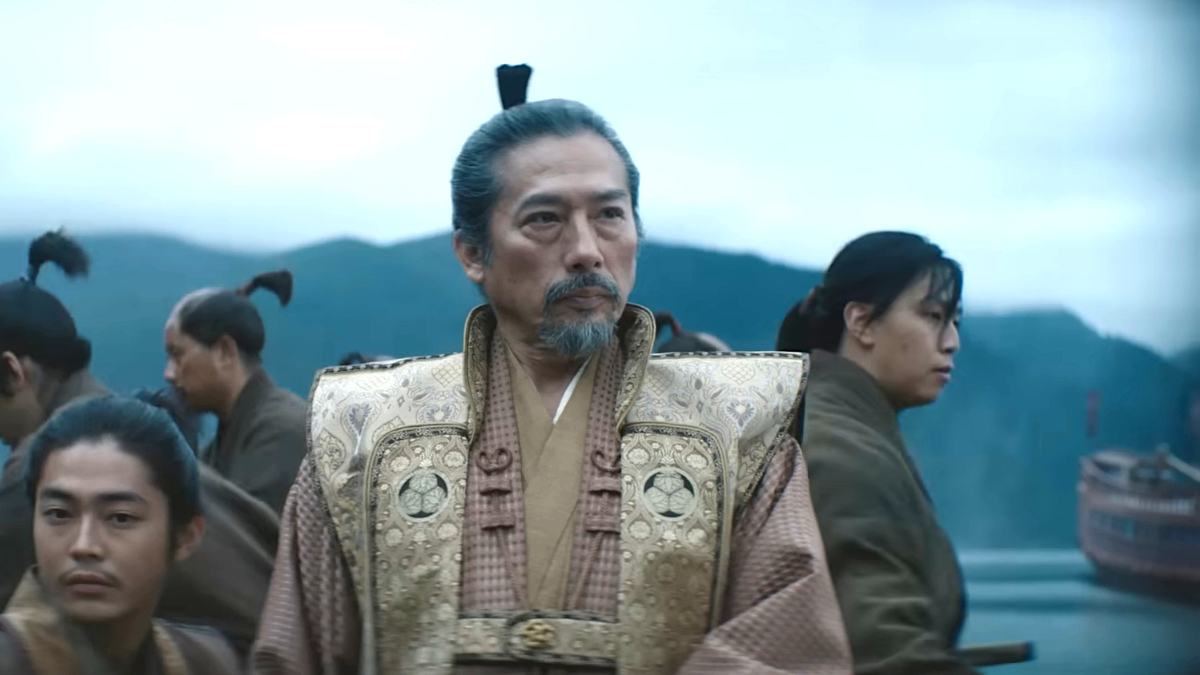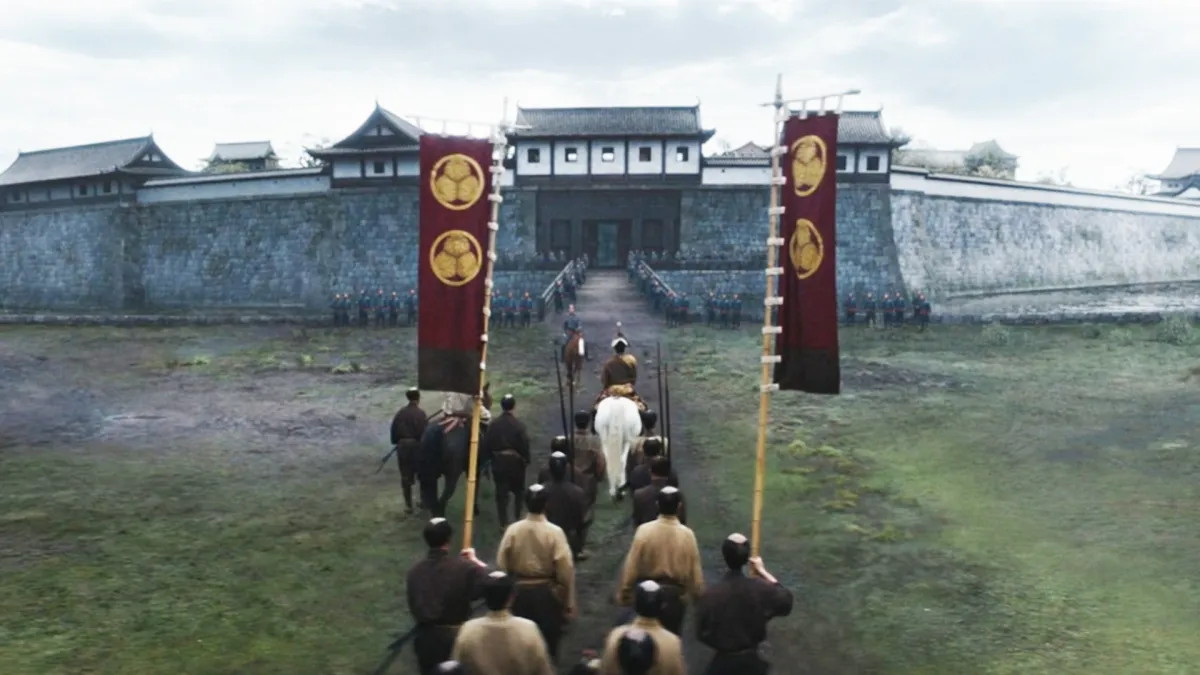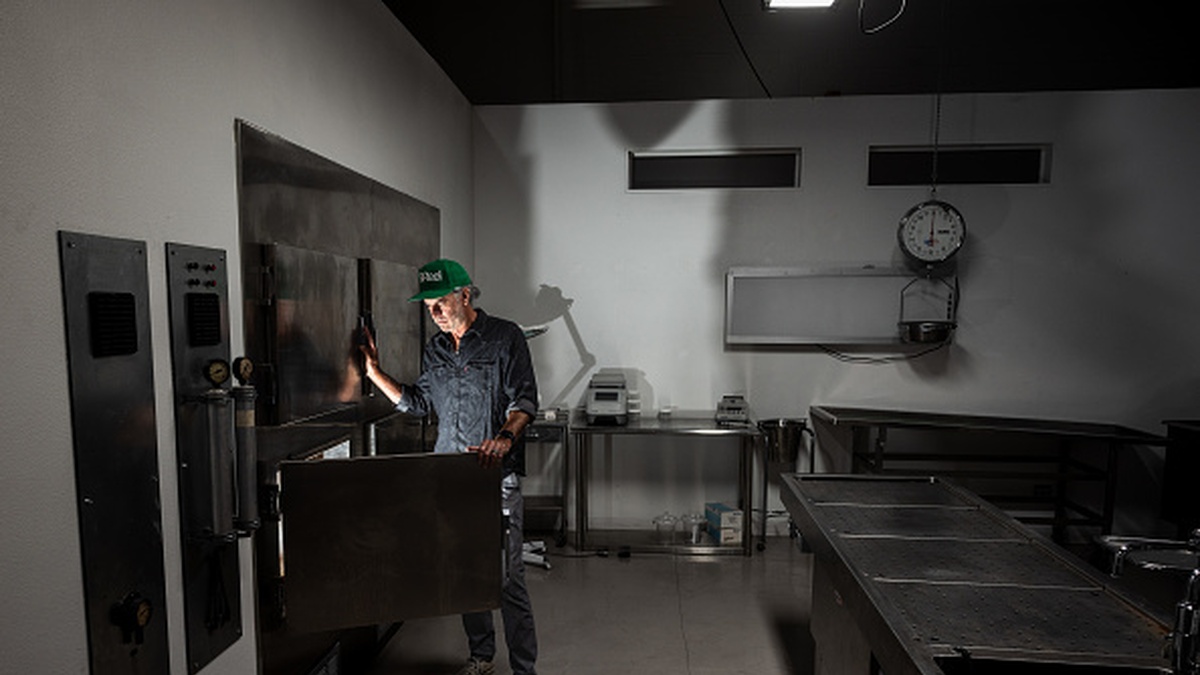James Clavell’s Shōgun has long been lauded as a vessel for Japanese history and culture, and the novel is getting a revamp for a new generation, even if it isn’t appropriate for all ages.
Set more than 400 years ago, Shōgun expertly blends factual history with glamorized fiction. The latest retelling of the story is set for some major updates from the source material, but have no fear: the updates only enhance the experience.
What is Shōgun about?
Shōgun is a Japanese historical fiction novel set at the very end of the 1500s. Some historical context: Japan is embroiled in a brutal civil war at the turn of the century, one that has spanned nearly 100 years. If you’d like a detailed breakdown of the true history of the events, we’ve got that covered.
The regent of Japan, The Taikō, is recently deceased. The council he created to help his young son govern is instead circling the regency like sharks. The head of the council, Yoshii Toranaga (Hiroyuki Sanada) is distrusted by the other members – and they have every right to be wary. With his large fiefdom, many loyal vassals, and years of battle experience, Toranaga is a dangerous foe. His chief enemy is Ishido Kazunari (Takehiro Hira), a peasant-turned-warlord and the head of Osaka Castle.
Thrown in the middle of everything is the unlucky John Blackthorne, an English ship’s pilot working with a Dutch merchant group. After a maritime voyage gone completely wrong, Blackthorne and his remaining crew find themselves trapped in a Japanese harbor where they are captured and imprisoned. Blackthorne is given the name Anjin (which translates to “pilot”), and eventually finds himself in Toranaga’s custody.
Though the language barrier is steep, a Christian woman named Mariko translates and eventually teaches Blackthorne Japanese. The daimyo questions Blackthorne on everything about the outside world, seeking insight into the English, the Jesuits, and the Portuguese – all outsiders pushing into Japanese waters – as well as ship construction. Eventually, Blackthorne proves himself to be an invaluable asset to Toranaga.
Difference between Shōgun, the book, and FX’s Shōgun adaptation

Shōgun leans heavily into its source material, but makes some changes for the benefit of viewers. In the 1975 novel by James Clavell, Japanese is never translated, so readers must learn the common phrases from themselves. FX’s series is less hardcore, providing translations throughout, a choice that emphasizes the political intrigue. Seeing how bilingual characters choose to translate for their lords gives characters new agency.
More importantly for those involved, Shōgun is taking a step back from Blackthorne, and moving towards Toranaga and Mariko. Hiroyoshi Sanada has assumed a key role as producer to widen the scope of production. After 20 years of acting, this is the first time hes been given the title of producer. He told The Ringer,
“So finally, I could make a team. We could hire Japanese crew from Japan who [are] expert[s] for samurai movies: wigs, props, costume, master of gestures. Every department had a consultant from Japan. … So this is a big change for me, for [the] industry. This is going to be a big step to the future.”
The crew took great care to preserve the authentic feeling of feudal Japan, and steer clear of as many “white savior” vibes as they could. The show creator admits that he’s tired of the problematic trope. Beyond the representation issues, he says, “’ I’ve seen that story a billion times before, and I’m tired of that story as an audience member.”











Published: Feb 27, 2024 03:13 pm